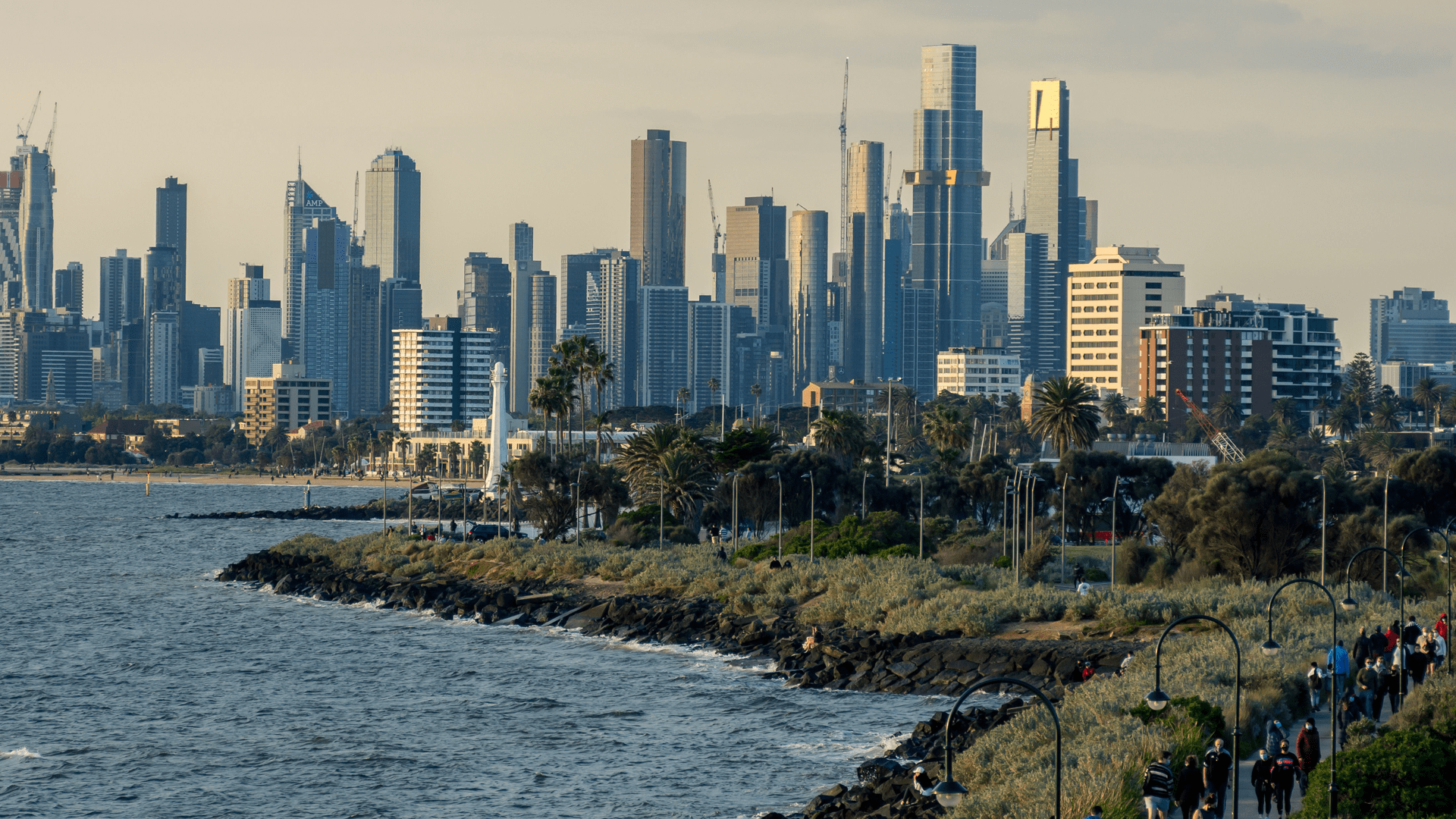In the world of property investment, “hotspots” are often touted as the next big thing, promising quick returns and rapid growth. However, chasing these hotspots can lead to disappointing outcomes. Instead, a more strategic, research-driven approach can yield far better results. Here’s why following hotspots might not be the best investment strategy and how you can make smarter, more informed decisions.
Understanding Hotspots
The Buzz and the Pitfalls
Hotspots are often areas that have recently experienced rapid growth, attracting a surge of interest from both media and investors. This excitement can lead to a flurry of activity, with properties selling quickly and prices escalating. However, buying into a hotspot usually means purchasing at the peak, when prices are already inflated. This leaves investors with minimal room for growth and higher risk of losses if the market corrects.
Many property groups or developers have a vested interest in promoting certain areas as hotspots to sell their stock, this has nothing to do with if the area is suitable for a specific client’s investment goals. It’s a marketing strategy that plays on the human desire for quick wins and instant gratification.
Investing based on hype and emotion rather than solid research can lead to poor decision-making and financial setbacks.

The Smart Investor’s Approach
Think With Your Head, Not Your Heart
At OpenCorp, we emphasise making data-driven, unemotional investment decisions. This involves detailed research into various markets to identify growth corridors rather than following the crowd into hotspots. By focusing on areas with planned infrastructure development and controlled land supply, investors can buy properties before they become hotspots, ensuring they reap the rewards of future growth.
For example, consider the importance of infrastructure. New roads, rail links, and shopping centers can significantly increase a property’s value over time. By identifying areas with upcoming infrastructure projects, investors can get in early and benefit from the growth that follows.
The process of identifying these area’s is known as the M.A.P Process as outlined in Cam McLellan’s bestselling book ‘My Four-Year-Old the Property Investor’. This process is extremely time consuming, searching through the 10 million homes in Australia to find the correct one on your own could be more effort than it’s worth. The team at OpenCorp leverage their many decades of experience, longstanding relationships and dedicated resources to spend 19,000 hours each year identifying areas that will become hotspots in the future, and getting our clients into them before the crowd and the media so that they can realise the most uplift.
Real-Life Success with Counter-Cyclical Investing
Following this strategy, our clients have outperformed the market by about $254K, with significant capital growth achieved through counter-cyclical investing. This means buying properties in undervalued areas and holding them through market cycles until they become the next growth hotspots. This is why our clients are 2.5x more likely to own 3 or more investment properties than the typical Australian investor.
Real-Life Scenarios
Sarah’s strategic patience and reliance on expert guidance allowed her to build a robust portfolio, while John’s rushed, emotionally-driven decision left him stuck with a single underperforming asset.
Scenario 1: Investing in a Hotspot

Consider John, an investor who decided to purchase a property in a highly publicised hotspot area. The media buzz and rapid price growth enticed him, and he bought at the peak. Initially, John saw some appreciation in his property value. However, as the market corrected, the growth stagnated. Over the next ten years, his property’s value increased only marginally, leaving him with minimal equity. This limited his ability to leverage his investment for further purchases, severely impacting the growth of his portfolio.
Imagine buying a property with great excitement, only to see it weaken in value while newer investors in less glamorous areas watch their investments grow. This scenario illustrates the danger of investing at the peak of a hype cycle.
Scenario 2: Strategic Growth Investment

Now, let’s look at Sarah, who sought professional advice from OpenCorp. Guided by thorough research, she invested in an area identified for its future growth potential due to planned infrastructure and limited land supply. Although the area wasn’t a current hotspot, it had all the indicators of becoming one. Over the same ten-year period, Sarah’s property appreciated significantly as the area developed and demand increased.
This substantial growth allowed her to extract equity and reinvest in additional properties, effectively compounding her returns and expanding her portfolio.
Key Strategies for Smart Investing
Diversify Beyond Your Postcode
One common mistake is limiting investments to one’s local area. Statistics show that 69% of investors buy properties in the same postcode they live in. However, broadening your search to include interstate markets with high growth potential can significantly enhance your portfolio’s performance.
Leverage Expert Research
Conducting thorough market research is time-consuming and complex. our team spends thousands of hours annually analysing markets, infrastructure plans, and land supply to identify the best investment opportunities. By leveraging our expertise, investors can make informed decisions without dedicating excessive time to research.
Hotspots may sound appealing, but smart property investing requires a more strategic, research-driven approach. By focusing on growth corridors, diversifying investments, and leveraging expert insights, you can build a robust property portfolio that delivers sustained growth and minimises risk. Instead of getting burned by the hype of hotspots, adopt a proven strategy for long-term success.
Practical Steps for Investors
- Avoid Emotional Decisions: Base your investments on solid research rather than media hype.
- Look Beyond Local Markets: Explore interstate opportunities with high growth potential.
- Seek Expert Guidance: Utilise professional research and advisory services to inform your decisions.
- Invest Early: Aim to buy properties before they become hotspots to maximise growth potential.
- Plan for the Long Term: Develop a clear strategy and stick to it, rather than chasing quick wins.
By following these steps, you can avoid the pitfalls of hotspot investing and achieve more reliable and substantial returns on your property investments.









